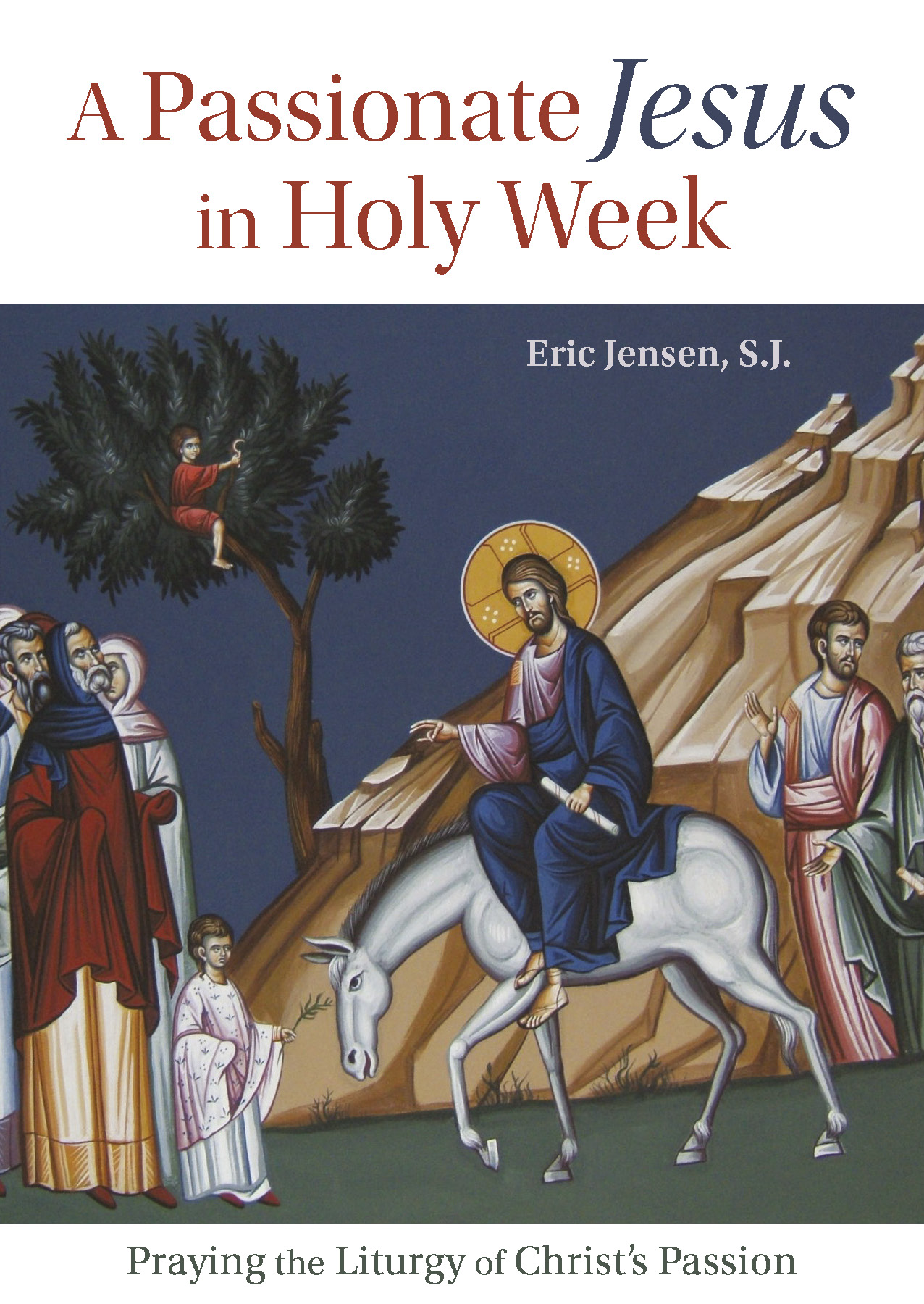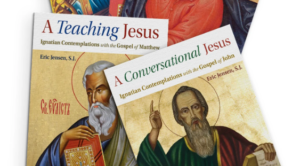
Q&A WITH ERIC JENSEN, SJ, AUTHOR OF A PASSIONATE JESUS IN HOLY WEEK
What prompted you to write this booklet?
I have always disliked the image of a passive Jesus, and in the Passion Narrative, of course, Jesus suffers and is passive. But how did this come about? What actions led up to this passive state? Palm Sunday holds the answer and is the key to all that follows, but we have to look beyond the liturgy and beyond the Gospel account, since the Gospels rarely provide information which it is assumed the reader already knows. And so we have to look to history and to what historians can tell us.
For instance, the Gospels never mention where Pontius Pilate lived. I had assumed that he lived in Jerusalem, but when I discovered that he lived in Caesarea Maritima, on the Mediterranean coast, it all fell into place. Pilate made a point of entering Jerusalem on important Jewish festivals and he did this with a great show of military force. Jesus knew this, of course. And so, at the start of Passover Week there are two processions coming into Jerusalem: that of Pilate from the west and that of Jesus from the east. At this moment Jesus is fully in control, choosing the time, the place, the liturgical season, and he is fully aware of the consequences of his actions.
It seemed important to make this information available to priests as well as people in the pews and those who are praying with the texts at home so that a new image of Jesus would be available to them in Holy Week – the image of an active Jesus and not a passive one.
Why do you describe Jesus as “passionate” in the text?
Palm Sunday takes its name from the procession of palms and the Gospel of Jesus’ entry into Jerusalem. It becomes Passion Sunday with the reading of the Passion Narrative from Matthew, Mark or Luke. The word “passion” comes from the Latin word for suffering, but in English it also carries the meaning of enthusiasm for a cause. We need to keep both meanings in mind, especially as we listen to the readings from Scripture and as we try to reflect on them prayerfully during the season of Lent. Jesus is made to suffer because he is so passionate to do the will of his Father. Passionate also means to be on fire with love. Jesus is on fire with love for his oppressed people.
What is a good way to connect with the Scripture readings of this key week in the Christian story? How can Catholics approach Holy Week with fresh eyes and an open heart?
In addition to reading and reflecting on the Scriptures, we can also try contemplating Jesus in the Gospel passages. Eastern Rite or Byzantine icons, such as the one on the cover of this little book, usually present us with a strong-looking Jesus. In contemplating him, we can let our imagination be inspired by the Holy Spirit, asking to see Jesus as active rather than passive, as clear-eyed and intentional, decisive and determined. This may serve to clean out of our memories the many false images absorbed from popular culture. What is important in Passion Week is simply to be there with Jesus as his friend, remembering that he is always there with us in our moments of need.
Eric Jensen, SJ works in the Spiritual Exercises ministry at Loyola House in Guelph, Ontario. He also paints and writes. He is the author of Entering Christ’s Prayer (Ave Maria Press, 2007) and Ignatius Loyola and You (Novalis, 2018).
A Passionate Jesus in Holy Week is an ideal companion for Lent and Holy Week. You can find and purchase it here.




Thank you for helping to remove the veil from passionate Jesus. By his example, we learn that we can be compassionate and passionate at the same time.